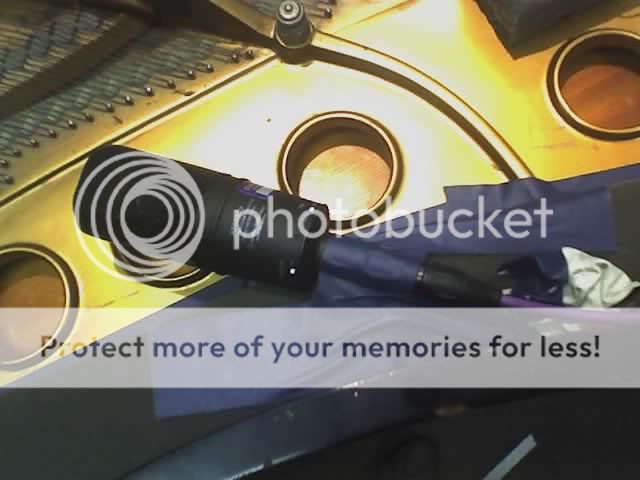Ok, so for the musical I'm doing, I am going to mike a baby grand, with the lid closed, mostly for re-inforcement due to the piano being on stage and should be loud enugh to "hear".... But I was wondering if anyone had any suggestions to what to use, especially with it's closed...
I have to use:
SM57's
SM 58's
Audio Technica Pro 45 (chior) - though I may need this for actors later...
Audio Technica ATM10a (omni)
Electro voice RE 15 (cartaroid) - smaller
Normally, the piano has 2-3 SM58's over it, but that is when it is open and underneath the pit, and with it being closed and on stage... I didn't know if anyone had any experience with this sort of situation as it's a little new territory for me...
I have to use:
SM57's
SM 58's
Audio Technica Pro 45 (chior) - though I may need this for actors later...
Audio Technica ATM10a (omni)
Electro voice RE 15 (cartaroid) - smaller
Normally, the piano has 2-3 SM58's over it, but that is when it is open and underneath the pit, and with it being closed and on stage... I didn't know if anyone had any experience with this sort of situation as it's a little new territory for me...



